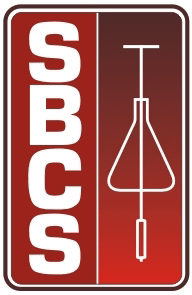The effects of different weed control methods in coffee (Coffea arabica L.) on some soil physical quality indicators were studied. The essay was installed in 1977 at the EPAMIG Experimental station in São Sebastião do Paraíso (MG), Brazil, in a coffee plantation on a Dusky Red Latosol. Coffee cultivar 'Catuaí Vermelho' LCH 2077-2-5-99 was planted at 4x1m spacing. Mower (RÇ), coffee tandem disk harrow (GR), rotary tiller (RT), post (HC) and pre-emergency herbicides (HR) and hand hoe (CM), were used to control weed at the coffee plants interrows in comparison to no weed control in the coffee interrows (SC) and original soil under natural forest (MT) conditions. Soil organic matter content, bulk density, total porosity and water aggregate stability, used as indicators of soil physical quality, were evaluated from 1978 to 1995, at 0 to 15 cm and 15 to 30 cm layers. After 18 years of evaluations, it was observed that soil physical quality is directly correlated to organic matter content. Continuous use of pre-emergency herbicide reduced soil organic matter and induced superficial crust formation. The use of rotary tiller gave rise to a compacted layer below the soil surface. Weed control by hand hoe and post - emergency herbicide were the most efficient methods for maintaining the physical quality of soil.
bulk density; aggregate stability; soil compaction; soil sealing; weed control methods
